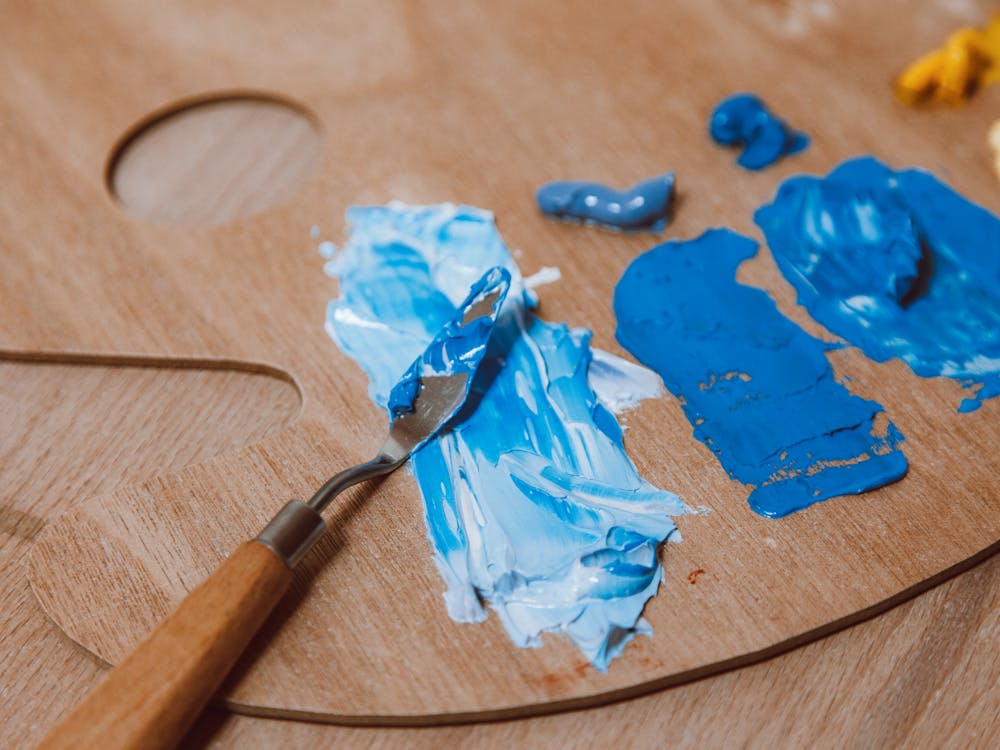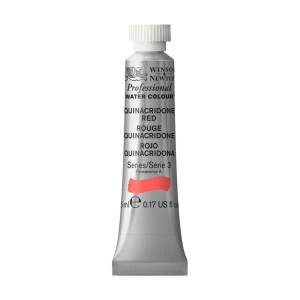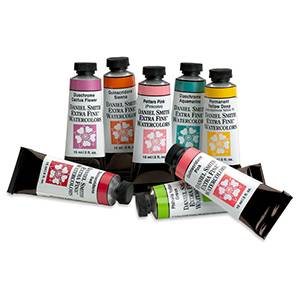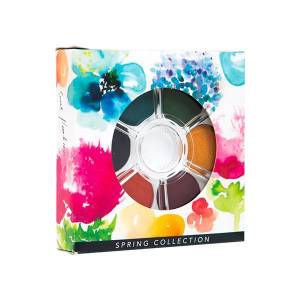Mixing Paint Colours: Ultimate Guide to Mastering Your Colours

Mixing paint is a fundamental skill for artists, homeowners, and DIY enthusiasts. Understanding how to blend colours is an essential tool for creating works of art and completing home projects. The ability to precisely and accurately mix paint enables you to achieve the desired tone, shade, or hue. From an overview of colour theory to effective mixing techniques and tools, this guide is a comprehensive resource for beginners and seasoned practitioners alike. Are you ready to unleash your creativity? Let's dive in!
Types of Paint
Paint is available in different types, and it is crucial to understand the different options available when you want to start mixing colours.
Acrylic Paints
Water-soluble and fast-drying, these paints are ideal for blending and layering. They are highly adaptable and can be applied to a variety of surfaces.
Oil paints
They are slow to dry, but they blend perfectly when mixed. Their capacity to produce delicate changes in colour and compatibility with various mediums has earned them a following among professional artists.
Watercolour Paints
They are translucent and blend well to create gradients. They are best used on paper, and the outcome is usually light and delicate.
Winsor & Newton Professional Watercolour Paints 5ml

FROM $18.55
Daniel Smith Watercolour Paints 15ml

FROM $19.95
Micador For Artists Brilliant Watercolour Discs

FROM $10.70
Reeves Watercolour Paints 12ml

ONLY $6.65
Gouache Paints
They are similar to watercolours, but they are opaque and thicker in consistency.
Pros and Cons of Each Type of Paint
Every type of paint has its own advantages and disadvantages. Acrylic paints, for example, dry quickly, whereas oil paints take longer to dry, which may not suit artists who lack patience. Watercolours are light and yield delicate finishes, and gouache paints are thicker, opaque, and perfect for layering.
Which type of Paint is Best for Mixing?
All paint types can be used for mixing colours, though some work better than others. Acrylics are the most compatible with other media, and they are great for beginners. They are easy to mix and perfect for experimenting with colour combinations. Oil paints offer a wider range of colours and yield superb blending results, but they take time to dry. Watercolours are best for blending light colours and creating precise colour shifts. Ultimately, the choice of paint depends on the project and the desired outcome.
Tools and Equipment
To mix paints effectively, you will need some tools and equipment. Here are some common tools and their purposes:
Tools for Measuring and Mixing
Paint Palette
This is a flat tray for holding and mixing paint. It often comes in plastic or ceramic and can have different shapes and sizes.
Paintbrushes
Paint brushes are used for mixing paint, picking up colour, applying colour to a surface, and blending.
Paint Tubes
Tubes are containers for storing paint, and they come in different sizes.
Pipettes
Pipettes are used to measure small drops of paint accurately. They work best with acrylic and watercolour paint.
Measuring Spoons
Measuring spoons can be used for measuring small quantities of paint or pigments.
Palette Knives
Palette knives have flat blades and are used to mix and apply paint.
Tools for Thinners
Water
Water can be used to thin acrylic and watercolour paint to create a colour wash.
Paint Thinner
Paint thinner is used to thin oil paint and clean brushes.
Tools for Colour Matching
Colour Chart or Colour Wheel: A colour chart displays combinations of primary colours and their mixtures, while a colour wheel shows the relationships of colours to each other.
Tips for Choosing the Right Tools and Equipment
Choosing the right tools and equipment for mixing paint can be daunting. Consider the project requirements, paint type, and personal preferences when selecting the tools to use. Opt for high-quality tools that are durable and practical. Moreover, ensure that the tools are compatible with the paint you plan to use. Choosing the appropriate tools can simplify and enhance the experience of mixing paint.
Techniques

There are various painting mixing techniques, and each has a unique result. Here are some techniques to consider:
-
Gradation
Gradation involves blending shades of colour to create a smooth transition. To create a gradual change in colour, start with the darkest shade and add white paint gradually, blending as you go. Repeat the process until you achieve the desired effect. -
Glazing
Glazing involves mixing a transparent or translucent paint with another colour. It produces a visual effect that allows the underlying layer of paint to remain visible. To glaze, mix one part paint with two parts glaze medium. Paint over the basecoat using the glaze mixture. - Dry Brushing
Dry brushing entails using a brush with minimal paint to create a light, feathery stroke effect. The result is a textured, grainy surface. Load the brush lightly with paint and drag it over the surface, taking care not to apply too much pressure. - Colour Blocking
Colour blocking involves blending primary colours to achieve secondary colours. To create secondary colours, mix equal amounts of primary colours. Mix yellow and blue to get green, blue and red to get purple, and red and yellow to get orange. - Double Loading
Double loading is ideal for creating a fluid blend of different colours. Dip half of the brush in one colour and the other half in the second colour. Drag the brush over a surface, allowing the colours to blend.
Tips for Achieving the Desired Results
- Use high-quality paint: High-quality paint yields better results when mixing.
- Experiment with small batches: Mixing small batches allows you to have better control over the outcome.
- Take breaks: It’s essential to take breaks during the process of mixing paint.
- Use a colour wheel: A colour wheel serves as an essential guide when mixing paint.
- By following these techniques and tips, you can create stunning blends and achieve the desired result.
Tips for Successful Paint Mixing
Mixing paint requires practice, patience, and some knowledge of colour theory. Here are some tips for successful paint mixing:
General Tips
- Use quality paints and pigments.
- Mix paints in small batches for better control.
- Keep a notebook for tracking colour mixtures.
- Use the same brand of paint for consistency.
- Practise colour matching using colour charts and a colour wheel.
- Clean tools and surfaces regularly.
- Wear protective gear when working with oil paints.
Tips for Mixing Specific Types of Paint
Acrylic Paints
- Add water to thin acrylic paint.
- Avoid over-mixing to prevent bubbles.
- Use a wet palette to keep the paint moist.
- Oil Paints
- Mix with a paint thinner or medium for better blending.
- Use a palette knife for more controlled mixing.
- Allow the paint to dry before adding a new layer.
Watercolour Paints
- Wet the paper before applying watercolour to prime the surface.
- Use a thin brush for better control.
- Mix colours on the paper for natural blends.
Troubleshooting Common Paint Mixing Problems
- Use a new brush for each new mixture to prevent cross-contamination
- Let each layer of paint dry before adding a new layer.
- Avoid using too much paint to prevent over-saturation
- Mix pigments thoroughly to prevent uneven colour.
- Experiment with different paint to medium ratios for desired consistency.
By following these tips, you can successfully mix different types of paint and achieve excellent results. Practice is key, but with some experimentation and knowledge, you can master the art of paint mixing.
Conclusion
In this ultimate guide, we explored the importance of paint mixing and provided a comprehensive overview of the process. We discussed the basics of colour theory, the different types of paint, tools, and equipment required for paint mixing, the various techniques for mixing paint, and troubleshooting common paint mixing problems. We also provided tips for mixing specific types of paint and general tips for successful paint mixing.
In conclusion, mixing paint is a fun, creative, and rewarding process. Whether you are an artist or a DIY enthusiast, knowing how to mix paint is a valuable skill. With patience, practise, and some knowledge of colour theory, you can create unique and personalised colours that will bring your artwork or DIY project to life.
